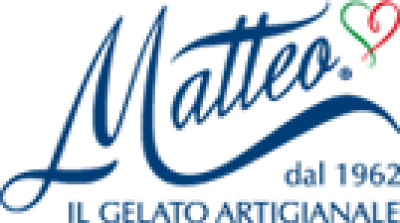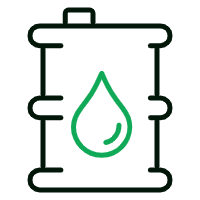Caitlin Karolenko, PhD, Scientific Program Manager for Food Microbiology at IAFNS
The recent release of Netflix’s documentary “Poisoned: The Dirty Truth About Your Food” has prompted a variety of reactions and painted a dim portrait of the state of food safety in the United States. The film highlights knowledge gaps in the farm-to-fork food system that still need to be addressed to ensure a safer food supply for the public. While there are numerous culprits identified in the documentary, the filmmakers provided few actionable solutions to correct the growing number of outbreaks and related foodborne illnesses as confirmed by the CDC.
Rather than casting villains, a more hopeful and action-based response is to highlight the role that data sharing can play in reducing risky foodborne outbreaks. Data sharing can provide a mechanism in which all parties can collaborate to collectively advance science and fill knowledge gaps, directly reduce foodborne illnesses, and improve public health. Sharing information is the path forward to tackling these risks.
The establishment of public-private partnerships between industry and regulatory agencies can foster a collaborative approach to address food safety issues. This flow of data between sectors can support research, development, and action in food safety technologies and practices. This could include the development of new tools for testing and monitoring food quality, as well as the advancement of food processing techniques that minimize the risk of microbial contamination. All of this supports the ultimate goal of science-based regulatory policy.
By facilitating the exchange of critical information among government agencies, industry stakeholders, and public health organizations, data sharing enables a better understanding of the safety of the food supply chain. This collective knowledge empowers researchers and regulators to identify potential risks, pinpoint vulnerable points in production and distribution processes, and proactively address emerging microbial threats.
The benefits of data sharing in shaping policies to combat foodborne outbreaks extend beyond just reactive responses. Analyzing aggregated data enables government scientists to identify trends and patterns, leading to the development of predictive models that can forecast potential risks. This foresight allows authorities to allocate resources more efficiently, target inspections and interventions where they are needed most, and develop preventive measures tailored to specific products or regions.
Furthermore, data sharing fosters transparency and accountability across the food sector, encouraging businesses to uphold high food safety standards and adhere to regulations. This collaborative approach builds trust between regulators and industry players, ultimately fostering a safer food environment for consumers. As technology continues to advance, the integration of advanced data analytics, artificial intelligence, and machine learning is key. These tools will support decision-making that further enhances the effectiveness of food safety policies, making data sharing an indispensable tool in safeguarding public health.
There are powerful models in the food and beverage sector where public-private partnerships resulted in data sharing. The USDA Global Branded Food Products Database (GBFPD), part of the USDA’s FoodData Central, is one example. Partners in the GBFPD include USDA, IAFNS, GS1 US, 1WorldSync, NielsenIQ, and the University of Maryland. The 500,000 entries of foods found on retail outlet shelves in the GBFPD reflect the trust that has been built between branded and private label foods and the U.S. Government.
For voluntary data sharing between government and industry to work, one starting point is the development of a framework that outlines how shared data will be used and toward what purposes. Additionally, protected portals, where data providers have assurances of protection to reduce the possibility of misuse, are necessary. Looking at outside examples, the Federal Aviation Administration has a voluntary disclosure process for sharing information. Similarly, in emerging areas such as drones, there are provisions for sharing safety information in an effort to cooperatively improve aviation safety. Further, the European Data Governance Act may also serve as a guide, as they establish common data spaces in strategic domains, involving both private and public players, in a variety of sectors.
The potential positive power of sharing food safety information is too great to ignore. Public and private sector officials and scientists can agree on the common goal of improving public health through improved food safety initiatives. While there are many hurdles to overcome to share food safety data, the release of “Poisoned” highlights the need to more seriously invest in resources to ensure the success of data sharing mechanisms.
 Caitlin Karolenko, PhD is a Scientific Program Manager for Food Microbiology at IAFNS, the Institute for the Advancement of Food Nutrition Sciences. IAFNS is a 501(c)(3) science-focused nonprofit uniquely positioned to mobilize government, industry, and academia to drive, fund, and lead actionable research.
Caitlin Karolenko, PhD is a Scientific Program Manager for Food Microbiology at IAFNS, the Institute for the Advancement of Food Nutrition Sciences. IAFNS is a 501(c)(3) science-focused nonprofit uniquely positioned to mobilize government, industry, and academia to drive, fund, and lead actionable research.
 Pages you might like
Pages you might like




 Today's topic
Today's topic







 Latest information
Latest information
 Follow official account
Follow official account
 Online support
Online support
 鄂ICP备2022017323号
鄂ICP备2022017323号
 鄂公网安备 42018502006493
鄂公网安备 42018502006493
 Launch Exhibition
Launch Exhibition
 Release information
Release information

















